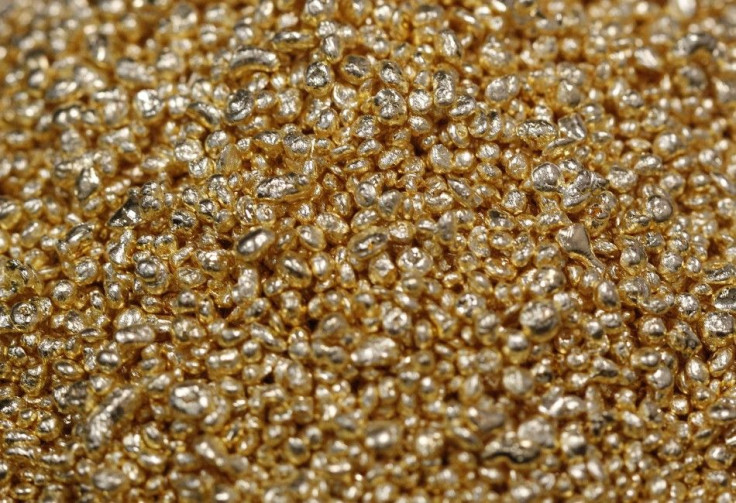Central Banks' Gold Buying Helps Lift Gold Prices

Central banks' gold buying is lifting the price of the precious metal in a trend that analysts expect to continue even if widespread predictions of a price rise to $2,000 by year-end comes true.
Not only is central-bank buying expected to continue in the face of rising gold prices, but it is spreading geographically.
In August, Thailand bought 300,000 ounces, bringing its reserves to 4.40 million ounces. Bolivia purchased 225,000 ounces, and its reserves now sit at 1.36 million ounces. Tajikistan bought 60,000 ounces, and Russia added another 118,000 ounces.
Vietnam's central bank has licensed several banks and gold companies with additional gold import quotas of four to five metric tons in a continuing attempt to narrow the gap between domestic and global prices.
In Europe, central-bank selling under the Central Bank Gold Agreement barely reached 1 metric ton in the second year of the agreement, which expired this week.
Despite some central-bank selling in Belarus, Mexico, and Mongolia, the sector as a whole is a key component in keeping a floor on the price of the yellow metal as well as contributing to its increases.
While the news that central banks continue to buy gold is not necessarily a surprise, we think there is extra weight to these developments, given the significantly higher gold price in August, UBS analyst Edel Tully said.
It highlights that higher gold prices are not much of an obstacle for central banks whose perceived allocation to the metal is low. Also important is that sales are now not exclusive to Asian central banks, with South America becoming more active. We expect these trends will continue over the months ahead, Tully added.
Gold on the spot market was up in early afternoon trading was up $14.14 to $1,631.09, while gold for December delivery on the Comex was up $13.30 to $1,630.60.
© Copyright IBTimes 2024. All rights reserved.






















